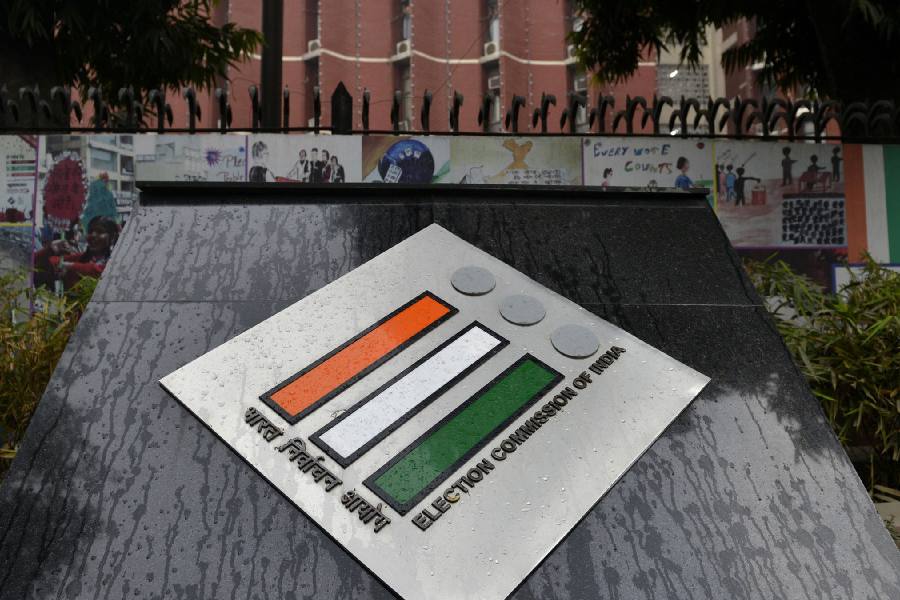The Election Commission embarked on a strategic initiative to diminish the prevalence of “shadow zones” or areas that have poor or no mobile and Internet connectivity and held a meeting with telephone service providers in Calcutta on Monday.
“We had a meeting with the service providers of the state today. In the last couple of years, there has indeed been a significant decrease of shadow zones in the state but we want connectivity in all booths of the state. We have received some initial figures of shadow zones from district magistrates and we have asked the service providers to verify them,” a senior official in the CEO’s office said after the meeting.
According to sources in the commission, most of the shadow zones lie in three regions. They are in the forest areas of Jungle Mahal spread across Purulia, Bankura, West Midnapore, and Jhargram districts, the riverine areas of Sunderbans covering portions of North 24-Parganas and South 24-Parganas, and the hills of Darjeeling and Kalimpong.
In the realm of technologically-dependent elections, shadow zones represent a formidable communication challenge. These zones manifest in two distinct forms — voice shadow zones, areas that impede phone calls, and Internet shadow zones, where connectivity is hardly available.
“The electoral process has become increasingly technology-driven, with numerous mobile applications essential for presiding officers. The absence of mobile and internet connectivity renders communication with the commission nearly impossible,” the officer said.
In the 2019 general election, Bengal witnessed 159 polling stations grappling with voice shadow zones and 1,019 encountering Internet issues. The current initiative aims to minimize voice shadow booths to almost negligible levels, with only a few hundred potentially facing Internet connectivity challenges.
“The Election Commission has decided to implement webcasting in 50 per cent of the booths, with particular emphasis on sensitive areas prone to communication challenges. To implement web-casting internet connectivity is mandatory,” the official said.
The commission is also adopting a proactive approach by establishing a temporary communication network instead of relying on satellite phones. An official stated,
“We are using GPS-enabled temporary setups with the assistance of telecom giants. This shift is aimed at ensuring robust communication channels, crucial for the seamless relay of voting data from booth officials to the returning officer every two hours on polling day,” the official said.
The commission is also getting prepared to address potential disruptions. “The presiding officer and booth-level officers are equipped to relay messages from the booth to nearby alternative sources if necessary,” the official added.











